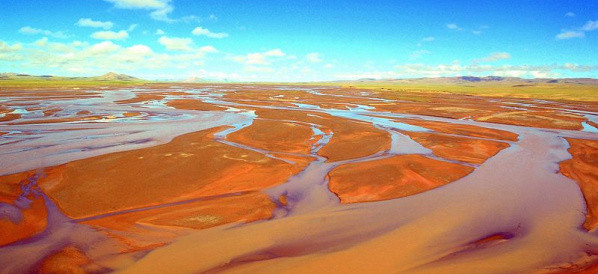 13 Términos
13 TérminosInicio > Términos > Kazajo (KK) > академия
академия
The first art academies appeared in Italy at the time of the Renaissance. They were groupings of artists whose aim was to improve the social and professional standing of artists, as well as to provide teaching (see Ecole des Beaux Arts). To this end they sought where possible to have a royal or princely patron. Previously, painters and sculptors had been organised in guilds, and were considered mere artisans or craftsmen. Academies became widespread by the seventeenth century, when they also began to organise group exhibitions of their members' work. This was a crucial innovation, since for the first time it provided a market place, and began to some extent to free artists from the restrictions of direct royal, church, or private patronage. The most powerful of the academies was the French Académie Royale de Peinture et de Sculpture, established in 1648 and housed in the Palais du Louvre in Paris. The Académie began holding exhibitions in 1663 and opened these to the public from 1673. After the French Revolution the name was changed to plain Académie des Beaux-Arts. The London Royal Academy was founded in 1768 with Joshua Reynolds (later Sir Joshua) as its first president. By the mid nineteenth century the academies had become highly conservative and by their monopoly of major exhibitions resisted the rising tide of innovation in Naturalism, Realism, Impressionism and their successors. The result was that alternative exhibiting societies were established and private commercial art galleries began to appear (see Salon). The academies were bypassed and the term academic art now has the pejorative connotation of conservative or old-fashioned.
- Parte del discurso: sustantivo
- Sinónimo(s)
- Blosario
- Industria/ámbito: Historia del arte
- Categoría: Historia del arte general
- Company: Tate
- Producto:
- Acrónimo-Abreviatura:
Otros idiomas:
Comentarios de otros usuarios
Términos en las noticias
Temas relacionados
Янцзы
The longest river in Asia, and the ('''third-longest in the world'''). It flows for 6,418 kilometres (3,988 mi) from the glaciers on the Tibetan ...
Contribuidor
Glosarios destacados
stanley soerianto
0
Términos
107
Blosarios
6
Seguidores
Nerve Cell Related Diseases
 5 Términos
5 Términos
Browers Terms By Category
- Contratos(640)
- Mejoras para el hogar(270)
- Hipoteca(171)
- Residencial(37)
- Corporativo(35)
- Comercial(31)
Bienes inmuebles(1184) Terms
- Impresoras(127)
- Máquinas de fax(71)
- Copiadoras(48)
- Suplementos de oficina(22)
- Escáneres(9)
- Proyectores(3)
Equipo de oficina(281) Terms
- Legislación general(5868)
- Tribunales(823)
- Patentes y registro de marcas(449)
- Forense ADN(434)
- Legislación familiar(220)
- Asistencia jurídica (penal)(82)
Servicios jurídicos(8095) Terms
- Vestidos de novia(129)
- Torta de boda(34)
- Novios(34)
- Flores de boda(25)
- Bodas reales(21)
- Lunas de miel(5)
Bodas(254) Terms
- Bioquímica(4818)
- Genetic engineering(2618)
- Biomédico(4)
- Biotecnología verde(4)
- Biotecnología azul(1)



